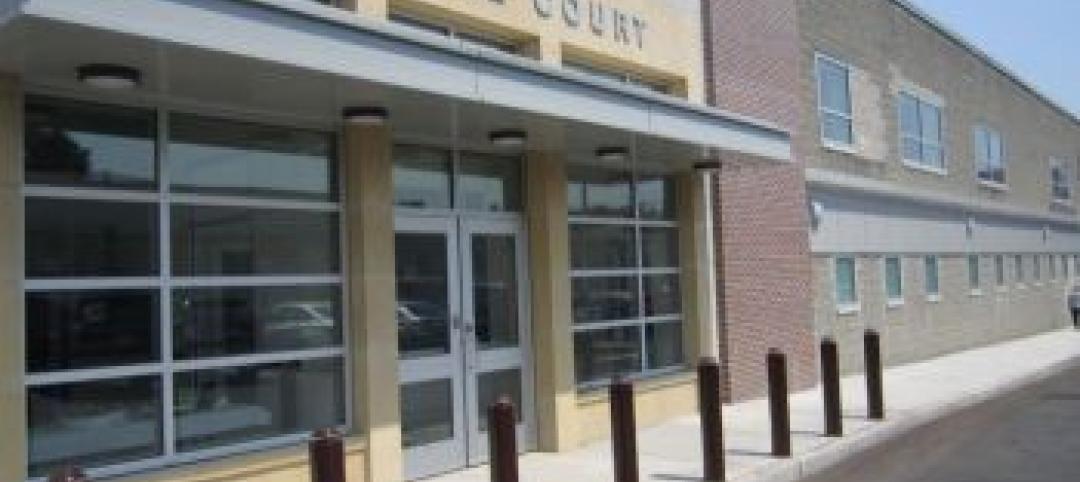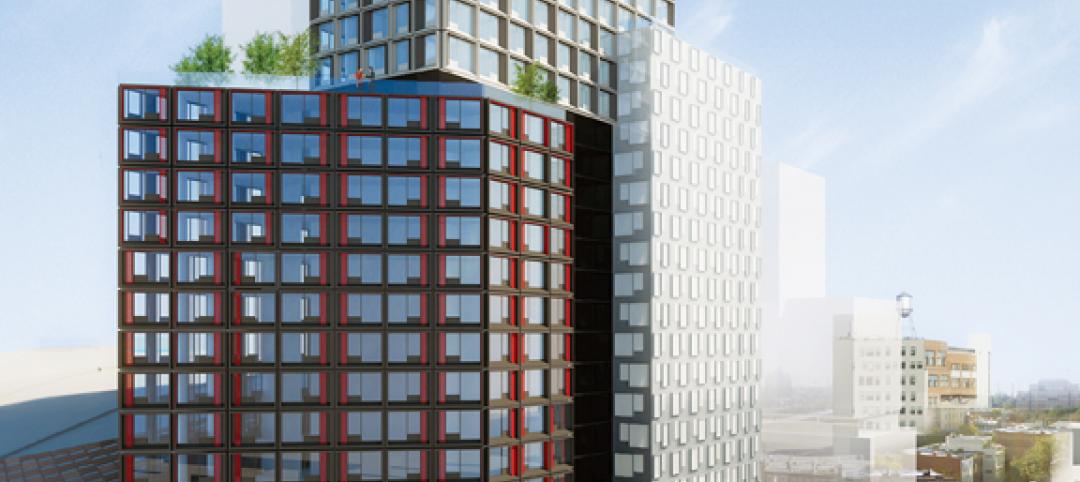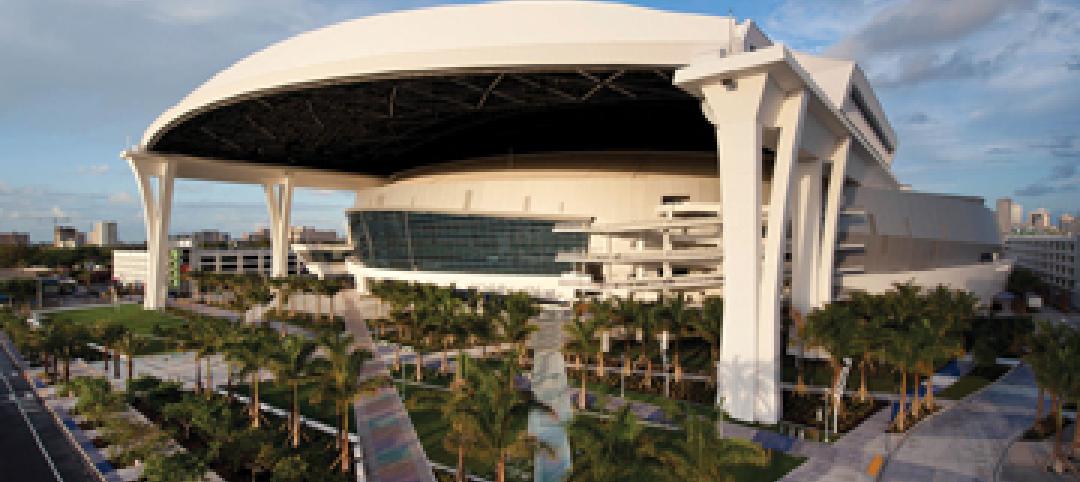The Los Angeles Business Council released the results of its study on the feasibility of installing solar panels on the city’s multifamily buildings to help meet California’s proposed law seeking 33% renewable energy by 2020, of which 70% would have to be generated from in-state resources. Los Angeles Mayor Antonio Villaraigosa has also called for one gigawatt of solar development in the city, including a feed-in-tariff (FiT) program.
The study reveals that the city has tremendous capacity for multifamily housing to contribute to a broad solar program, and that a significant portion of that rooftop capacity comes from buildings in economically depressed neighborhoods. Solar installations could therefore be used to create jobs, lower utility costs, and improve conditions for residents in these neighborhood.
The city’s total number of potential multifamily sites is in excess of 100,000, with the potential to handle solar installations capable of generating 1,411 MW (one megawatt of solar capacity should offset the energy needs of 100 homes), with 59 to 130 MW generated in each of Los Angeles’s 15 council districts. The study indicates that the sites best suited for this type of development are those capable of generating around 50kW, and there are enough of those sites to potentially generate 300 MW.
The study recommends the city institute a 300 MW program, which could offer a pay rate of 24 to 26 cents per kWh, enough to attract a significant number of interested property owners. The rate could be in direct payments, or in the case of a FiT, via a combination of payments and rebates. A 300 MW program would also directly and indirectly generate 4,500 jobs, as well as lower utility costs for many Angelinos, allowing them to live in a more affordable and sustainable environment. An additional benefit: a 300 MW program would reduce 6.7 million tons equivalent CO2 by replacing coal and 4.1 million tons equivalent by replacing natural gas—akin to taking 69,000 to 112,000 cars off the road.
Can a case be made for a similar program in your city?
Related Stories
| Aug 9, 2012
DMR Architects converts bank building to municipal court
The project consisted of a $4 million renovation to a 2-story building totaling 13,000-sf.
| Aug 8, 2012
BD+C wins six B2B journalism awards
BD+C wins two national awards, three regional awards, and a regional Graphical Excellence award.
| Aug 8, 2012
BIM’s future up in the cloud
The AEC industry is on the cusp of a still more significant evolution with cloud computing.
| Aug 8, 2012
Giants 300 Sports Facilities Report
BD+C's Giants 300 Top 25 AEC Firms in the Sports Facilities sector.
| Aug 8, 2012
Giants 300 Science & Technology Report
BD+C's Giants 300 Top 25 AEC Firms in the Science & Technology sector.
| Aug 7, 2012
Pioneering revival
Financial setbacks didn’t stop this Building Team from transforming the country’s first women’s medical school into a new home for college students.
| Aug 7, 2012
Shedding light on the arts
Renovating Pietro Belluschi’s Juilliard School opens the once-cloistered institution to its Upper West Side community.
| Aug 7, 2012
How to win more state and local government projects
With a huge building stock at their disposal, state and local governments can be attractive clients, especially in these difficult economic times.
| Aug 7, 2012
McCarthy tops out LEED Platinum-designed UCSD Health Sciences Biomedical Research Facility
New laboratory will enable UCSD to recruit and accommodate preeminent faculty.
| Aug 7, 2012
Pankow names Lum new CEO
Lum joined Pankow in 1980 in Hawaii and has held leadership roles in Pankow’s Honolulu and Northern California regional offices and was appointed president of the firm in 2009.
















